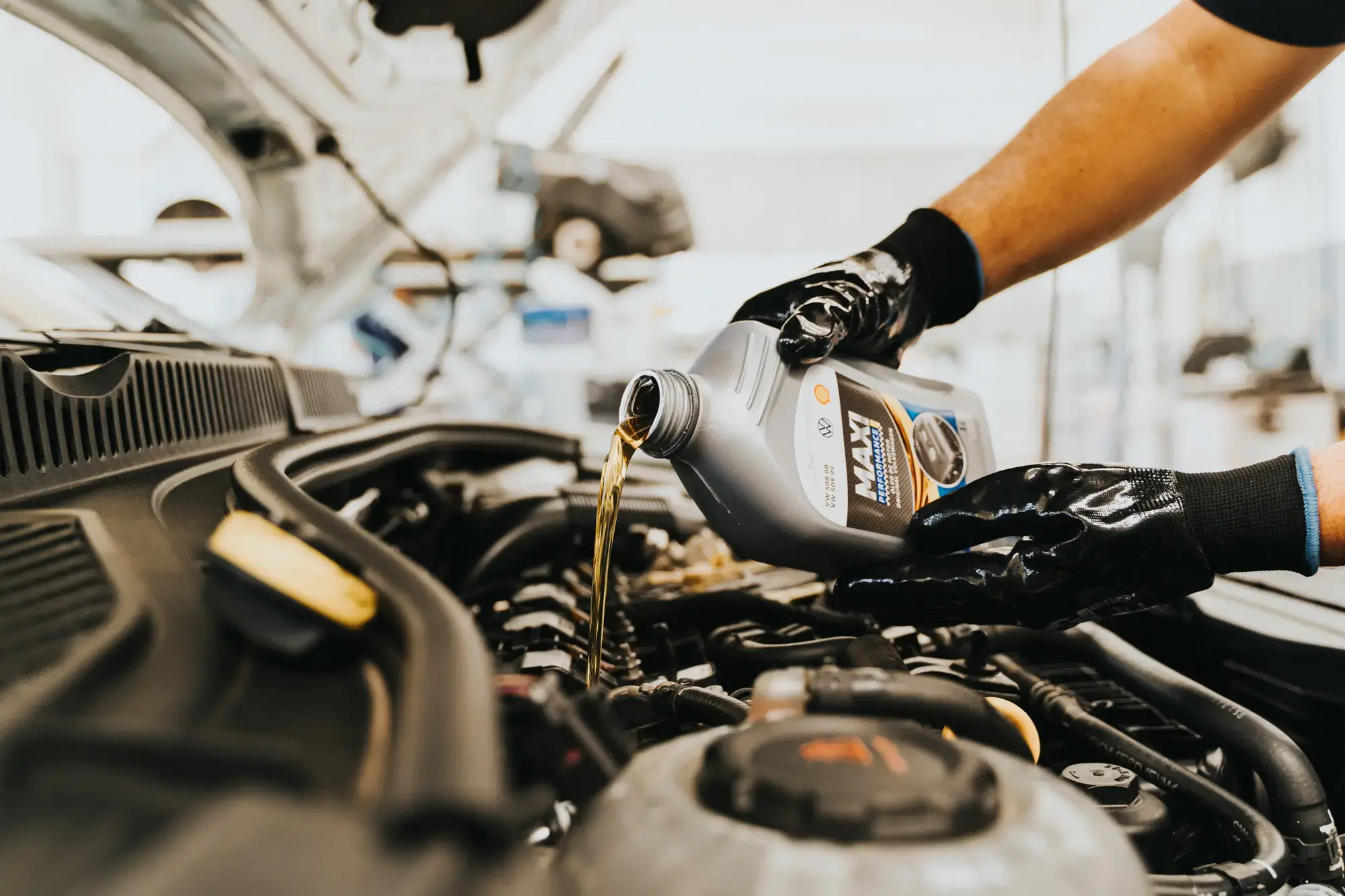A diagnostic examination is a very useful device for modern automobile repair and maintenance. As vehicles come to be a lot more innovative, outfitted with detailed systems and computer technology, pinpointing concerns calls for even more than just an eager eye or mechanical intuition. Diagnostic testing provides a precise, efficient means to uncover problems and make certain the proper repair services are performed. Right here's exactly how this procedure works and why it's so helpful for identifying your cars and truck's concerns.
Understanding Analysis Examining. Diagnostic examinations make use of specialized tools to interface with your vehicle's onboard computer system, frequently described as the OBD-II (Onboard Diagnostics) This system continually monitors your cars and truck's efficiency and elements, including the engine, transmission, exhaust system, brakes, and much more. When a problem arises, sensing units within these systems set off mistake codes that are saved in the automobile's memory.
![]()
A diagnostic scanner reviews these codes, supplying technicians with crucial understandings into the nature and area of potential issues.
How Diagnostic Examinations Work. Link to the OBD-II Port. The technician attaches a diagnostic scanner to the OBD-II port, generally located below the dashboard. This scanner interacts with the cars and truck's computer to recover stored error codes.
Code Interpretation. Each code represents a certain problem or system. A P0300 code shows a misfire in the engine, while a P0420 code points to problems with the catalytic converter.
Extra Evaluating. While the analysis test offers a roadmap, additional investigation might be needed to validate the source. Specialists utilize the codes as a starting point for a much deeper examination, consisting of physical checks and efficiency tests.
![]()
Advantages of Diagnostic Testing. Precision and Efficiency. Hands-on examinations can be lengthy and might not always expose the exact concern. Diagnostic examinations improve the procedure by directly determining problem locations, conserving time and initiative.
Very Early Detection of Troubles. Numerous issues can be found before they manifest as major troubles. A diagnostic examination may identify a stopping working oxygen sensing unit or transmission element, permitting for precautionary upkeep.
![]()
Price Cost Savings. By determining the issue, diagnostic testing helps stay clear of unnecessary repair work or component substitutes. Attending to troubles early additionally protects against pricey malfunctions or comprehensive damages.
Boosted Safety And Security. Recognizing and settling concerns promptly makes certain that your car runs securely. Whether it's a malfunctioning brake system or a falling short airbag sensing unit, diagnostics can highlight safety-critical problems.
Common Concerns Identified Via Diagnostics. Engine misfires or delaying. Transmission performance issues. Exhaust system failures influencing gas performance. Malfunctioning sensing units or circuitry. Problems with ignition timing or fuel shot. When Should You Get an Analysis Examination? Examine Engine Light: If your dashboard displays this warning, an analysis test is important to discover the underlying concern. Efficiency Issues: Decreased gas effectiveness, rough idling, or uncommon noises can all indicate problems. Routine Maintenance: Incorporating diagnostic tests right into normal solution consultations can assist discover and deal with issues early. Conclusion. A diagnostic test is even more than just a troubleshooting tool; it's a positive action to preserve your car's health. By leveraging advanced innovation, diagnostic testing provides a clear photo of your vehicle's performance, ensuring precise fixings and satisfaction. Whether you're dealing with a warning light or scheduling routine maintenance, a diagnostic test is the very first step towards keeping your automobile running efficiently and efficiently.
Understanding Analysis Examining. Diagnostic examinations make use of specialized tools to interface with your vehicle's onboard computer system, frequently described as the OBD-II (Onboard Diagnostics) This system continually monitors your cars and truck's efficiency and elements, including the engine, transmission, exhaust system, brakes, and much more. When a problem arises, sensing units within these systems set off mistake codes that are saved in the automobile's memory.

A diagnostic scanner reviews these codes, supplying technicians with crucial understandings into the nature and area of potential issues.
How Diagnostic Examinations Work. Link to the OBD-II Port. The technician attaches a diagnostic scanner to the OBD-II port, generally located below the dashboard. This scanner interacts with the cars and truck's computer to recover stored error codes.
Code Interpretation. Each code represents a certain problem or system. A P0300 code shows a misfire in the engine, while a P0420 code points to problems with the catalytic converter.
Extra Evaluating. While the analysis test offers a roadmap, additional investigation might be needed to validate the source. Specialists utilize the codes as a starting point for a much deeper examination, consisting of physical checks and efficiency tests.

Advantages of Diagnostic Testing. Precision and Efficiency. Hands-on examinations can be lengthy and might not always expose the exact concern. Diagnostic examinations improve the procedure by directly determining problem locations, conserving time and initiative.
Very Early Detection of Troubles. Numerous issues can be found before they manifest as major troubles. A diagnostic examination may identify a stopping working oxygen sensing unit or transmission element, permitting for precautionary upkeep.

Price Cost Savings. By determining the issue, diagnostic testing helps stay clear of unnecessary repair work or component substitutes. Attending to troubles early additionally protects against pricey malfunctions or comprehensive damages.
Boosted Safety And Security. Recognizing and settling concerns promptly makes certain that your car runs securely. Whether it's a malfunctioning brake system or a falling short airbag sensing unit, diagnostics can highlight safety-critical problems.
Common Concerns Identified Via Diagnostics. Engine misfires or delaying. Transmission performance issues. Exhaust system failures influencing gas performance. Malfunctioning sensing units or circuitry. Problems with ignition timing or fuel shot. When Should You Get an Analysis Examination? Examine Engine Light: If your dashboard displays this warning, an analysis test is important to discover the underlying concern. Efficiency Issues: Decreased gas effectiveness, rough idling, or uncommon noises can all indicate problems. Routine Maintenance: Incorporating diagnostic tests right into normal solution consultations can assist discover and deal with issues early. Conclusion. A diagnostic test is even more than just a troubleshooting tool; it's a positive action to preserve your car's health. By leveraging advanced innovation, diagnostic testing provides a clear photo of your vehicle's performance, ensuring precise fixings and satisfaction. Whether you're dealing with a warning light or scheduling routine maintenance, a diagnostic test is the very first step towards keeping your automobile running efficiently and efficiently.
Latest Posts
Discover Modern Nissan of Hickory – Your Go-To Hub for Nissan Vehicles!
Published Jan 06, 25
2 min read
Find New & Used Mazda Cars at Jake Sweeney Mazda
Published Jan 06, 25
2 min read
Maintain Your Hyundai in Top Forming with Genuine OEM Components That Ensure High Quality and Longevity for Your Car
Published Jan 06, 25
0 min read
Navigation
Home
Latest Posts
Discover Modern Nissan of Hickory – Your Go-To Hub for Nissan Vehicles!
Published Jan 06, 25
2 min read
Find New & Used Mazda Cars at Jake Sweeney Mazda
Published Jan 06, 25
2 min read
Maintain Your Hyundai in Top Forming with Genuine OEM Components That Ensure High Quality and Longevity for Your Car
Published Jan 06, 25
0 min read